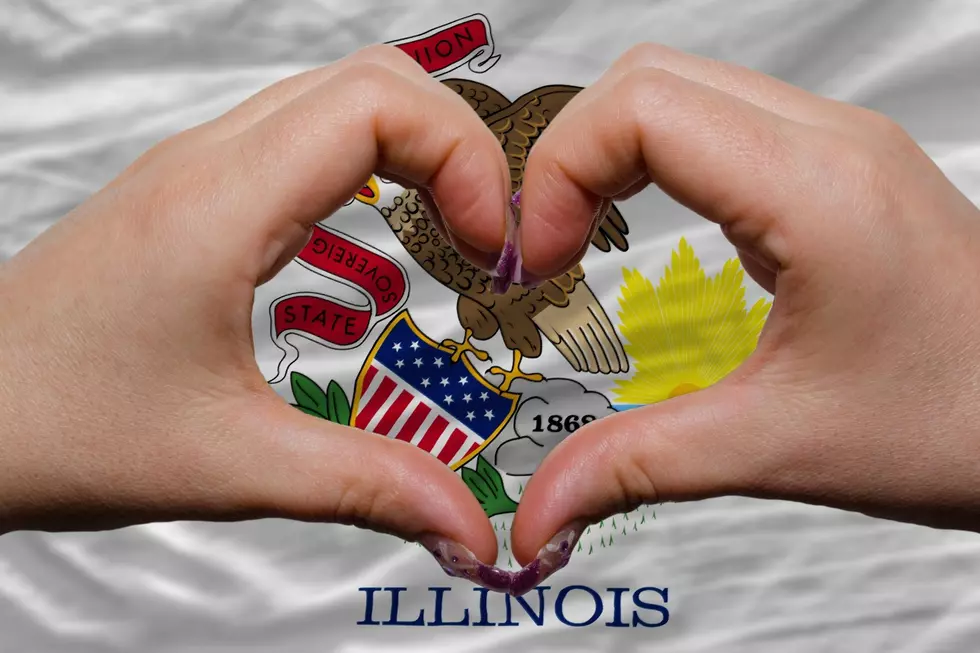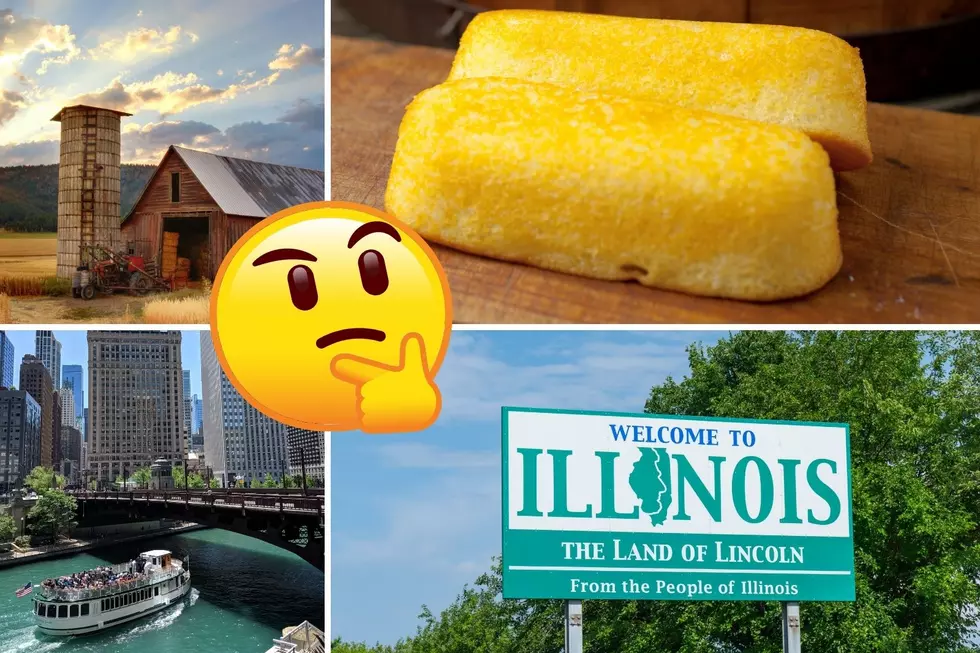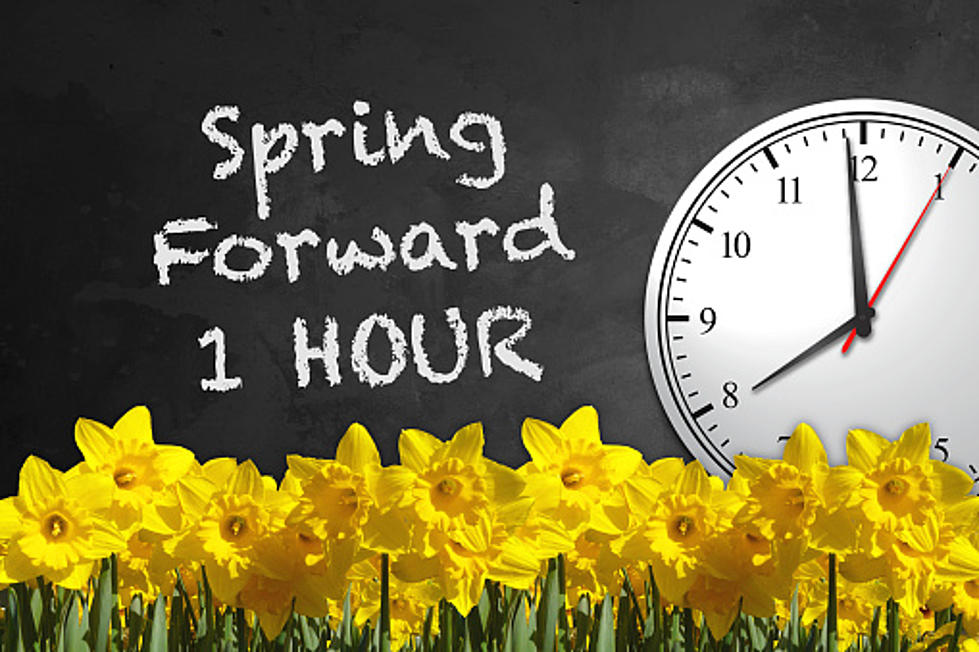
Should We Get Rid of Daylight Saving Time?
Daylight Saving Time (DST) has been with us here in America since 1918, but a growing percentage of us would like to see it dumped.
The reason I bring this up is that I was just reminded by my computer that Daylight Saving Time (it's not Daylight Savings Time) comes to an end this year at 2am on Sunday, November 4th.
My computer must feel that I need at least two weeks notice to prepare, I guess.
Regardless of your personal stance on DST, here are a few fast facts about Daylight Saving Time from Mental Floss:
- In 1916, Germany became the first country to officially adopt Daylight Saving Time. It was born out of an effort to conserve coal during World War I.
- A year after entering the war, America began practicing DST as an electricity-saving measure. Most countries, including the U.S., ceased official observation of the switch following wartime.
- The oil embargo of 1973 had kicked off a nationwide energy crisis and the government was looking for ways to reduce public consumption. Daylight Saving Time was imposed in the beginning of 1974 to save energy in the winter months.
- One 2008 study conducted in Indiana found that the statewide implementation of DST two years earlier had boosted overall energy consumption by one percent.
- Numerous studies show that the extra hour of sleep we lose by springing ahead can affect us in dangerous ways. An increased risk of heart attack, stroke, and susceptibility to illness have all been linked to the time change.
- According to one study published in 2015, daily incidents of robbery dropped by seven percent following the start of DST in the spring. This number was heavily skewed by a 27 percent dip in robberies during the well-lit evening hours.
- U.S. residents resistant to springing forward and falling back each year might consider moving to Arizona. The state isn’t exactly desperate for extra sunlight, so every spring they skip they time jump.
- Daylight Saving Time doesn’t begin at the stroke of midnight like you might expect it to. Rather, the time change is delayed until most people (hopefully) aren’t awake to notice it. By waiting until two in the morning to give or take an hour, the idea is that most workers with early shifts will still be in bed and most bars and restaurants will already be closed.
- Until recently, losing an hour of daylight in the fall presented a problem for the candy industry. That’s because Daylight Saving Time traditionally ended on the last Sunday in October, a.k.a. before Halloween night. Intense lobbying to push back the date went on for decades. According to one report, candy lobbyists even went so far as to place tiny candy pumpkins on the seats of everyone in the senate in 1986. A law extending DST into November finally went into effect in 2007.
A 2016 study found daylight saving time was responsible for more than 30 traffic fatalities. That was built on previous research that had also found jumps in traffic deaths, likely tied to people being (even just slightly) more tired after the small loss of sleep and disruption to their rhythms.
More From WROK 1440 AM / 96.1 FM









